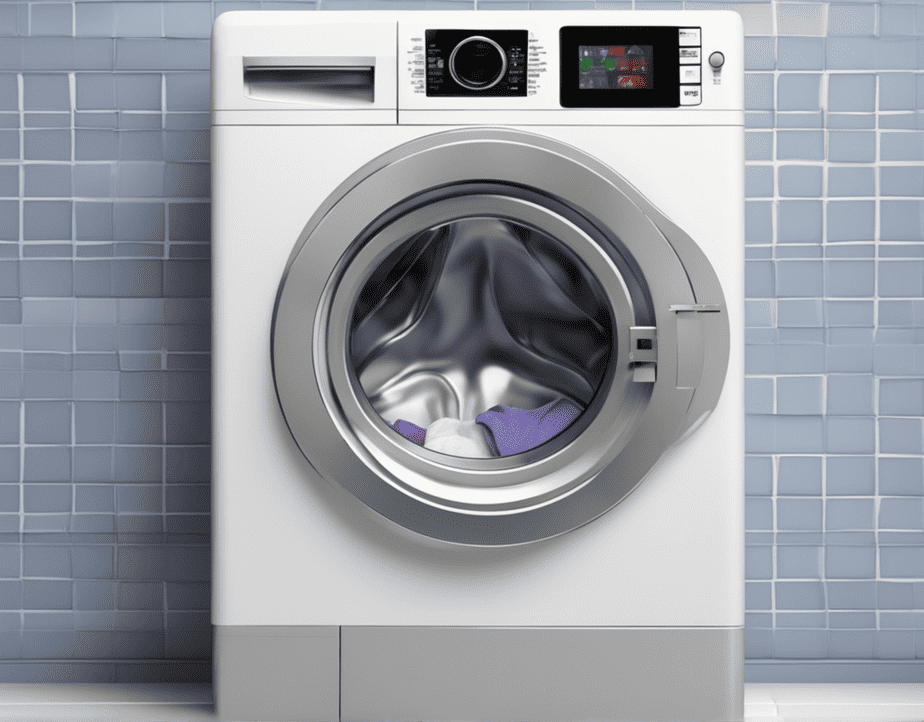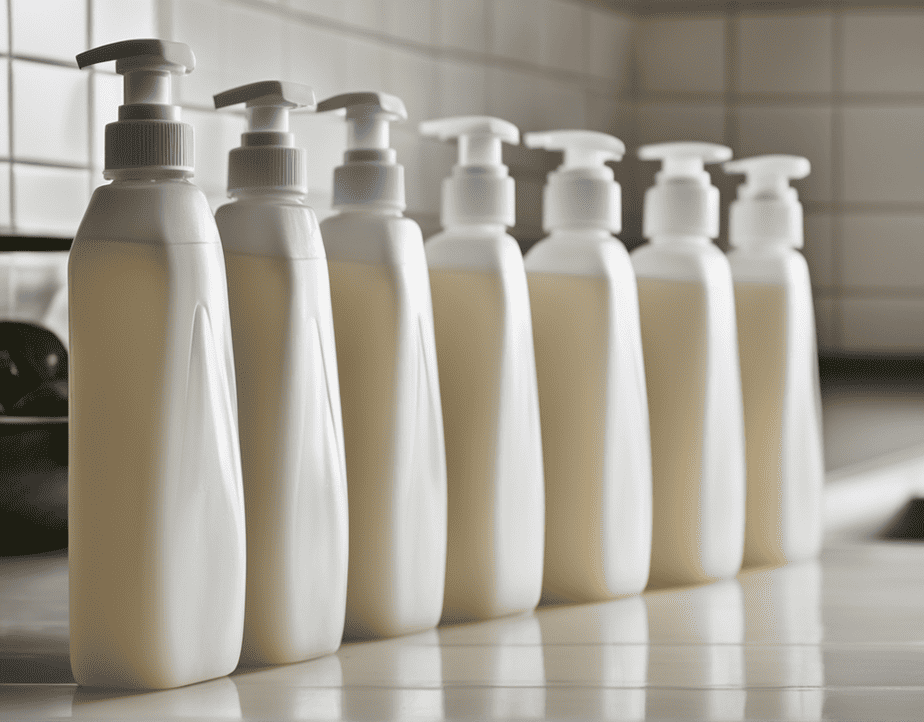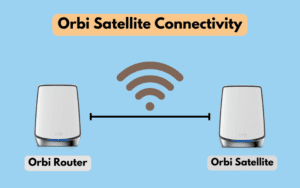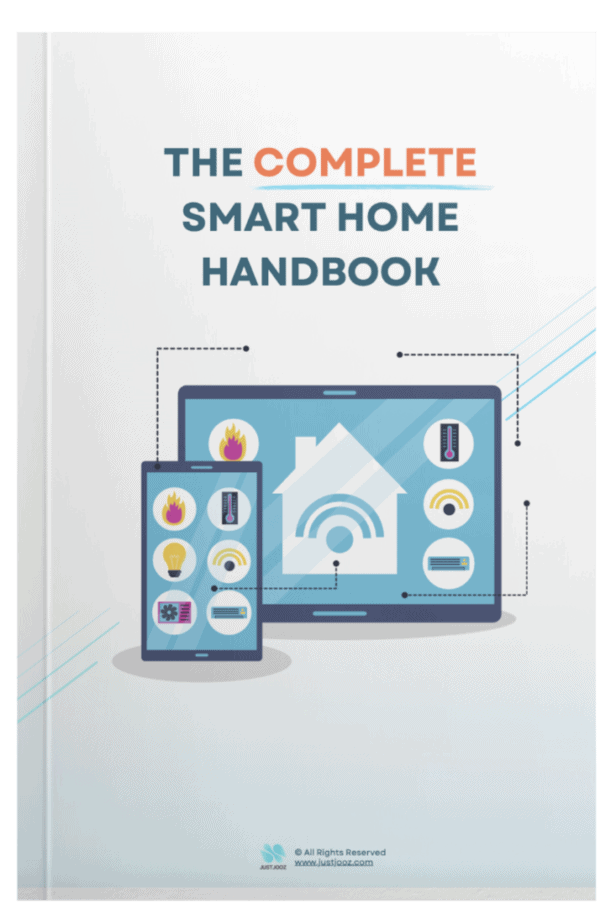Washing Machine Maintenance Checklist: 9-Step Easy Guide
We’re reader-supported; we may earn a commission from links in this article.
Have you ever wondered why your washing machine seems to be acting up more often than not?
Like any other household appliance, even the best washing machines require regular preventive maintenance to keep them running smoothly and efficiently.
In this step-by-step guide, I’ll walk you through a comprehensive washing machine maintenance checklist to ensure it stays in tip-top shape for years.

1. Cleaning the Exterior
Let’s start with the basics – cleaning the exterior of your washing machine.
Over time, dust, grime, and detergent residue can build up on the outside, making your machine look dull and unattractive. Not to worry, though! Follow these simple steps to restore its shine:
a. Gather Your Cleaning Supplies
Before you begin, gather a few basic supplies – a microfiber cloth, mild detergent, and warm water. Avoid using abrasive cleaners or harsh chemicals that could damage the surface.
b. Wipe Down the Surface
Dampen the microfiber cloth with warm, soapy water and gently wipe down the entire exterior of the washing machine. Pay extra attention to areas of clothing with visible stains or spots. Once done, use a dry cloth to remove any excess moisture.
2. Checking the Hoses and Connections
Now that the outside is sparkling, it’s time to look under the hood. The hoses and connections of your washing machine are crucial for proper functioning. Here’s how to ensure they’re in tip-top shape:
a. Turn off the Power and Water Supply
Before inspecting anything, turn off the washing machine’s power and water supply. Safety first!
b. Inspect the Water Hoses
Check the water hoses for any signs of wear or leakage. If you notice cracks, bulges, or water seepage, it’s time to replace them. Experts recommend replacing hoses every five years, even if there are no visible issues.
c. Examine the Drain Hose
Next, examine the drain hose for clogs or kinks that might obstruct proper water flow. Clear any blockages you find to prevent water backups.
d. Tighten Loose Connections
Loose connections can cause leaks and disrupt the washing cycle. Ensure that all hose connections are secure and tighten any loose fittings.
3. Cleaning the Drum

The drum is where the magic happens, and it’s essential to keep it clean to avoid foul odors and bacterial growth. Let’s learn how:
a. Run a Hot Water Cycle
Start by running an empty hot water cycle with the highest water level setting. Add a cup of white vinegar to the detergent dispenser to help break down soap scum and mineral deposits.
b. Wipe the Drum and Door Seal
While the front hot air and the water cycle are running, use a damp cloth to wipe down the inside of the drum and the front rubber seal and door seal. These areas can accumulate dirt and grime over time.
c. Dealing with Stubborn Stains
If you have stubborn stains or mildew in the drum, mix equal parts of baking soda and water to form a paste. Apply the paste to the affected areas and let it sit for 30 minutes before wiping it away.
4. Maintaining the Dispensers
The detergent, fabric softener, and bleach dispensers can become clogged or grimy, affecting their functionality. Here’s how to keep them in great condition:
a. Remove and Soak the Dispensers
Remove the dispensers from the washing machine and soak them in warm, soapy water. Use an old toothbrush to scrub away any soap residue, or buildup.
b. Rinse and Reinstall
After soaking, rinse the dispensers thoroughly and reinstall them in their respective slots.
5. Cleaning the Filter
Many washing machines have a filter that traps lint and debris. Regularly cleaning the lint filter will prevent clogs and improve performance:
a. Locate the Filter
Find the location of the filter in your washing machine. It’s typically located at the bottom, behind a small panel.
b. Remove and Clean the Filter
Carefully remove water damage from the filter and rinse it under running water to remove any trapped debris. Once clean, reinstall it back into the machine.
6. Balancing the Washing Machine
A poorly balanced washing machine can cause excessive vibrations and noise. Here’s how to check and balance it:
a. Check the Level
Using a bubble level, check if your washing machine is level on the floor on all sides. If not, adjust the feet until it’s balanced.
b. Ensure Proper Placement
Place your washing machine on a sturdy, flat surface to prevent unnecessary movement during the wash cycle.
7. Avoiding Overloading
Overloading the washing machine can strain the motor and reduce its lifespan. Here’s how to avoid it:
a. Follow the Manufacturer’s Guidelines
Refer to your washing machine owner’s manual for the recommended load capacity. Stick to these guidelines to prevent overloading.
b. Distribute the Load Evenly
Ensure that you distribute the empty load and the wet clothes evenly inside the drum to maintain balance and prevent excessive strain.
8. Using the Right Detergent

Using the wrong detergent can damage your washing machine and affect cleaning efficiency. Follow these steps to choose the right detergent:
a. Check the Manufacturer’s Recommendations
Refer to your washing machine’s manual for the type and appropriate amount of detergent recommended by the manufacturer of most washing machines.
b. Measure the Detergent Correctly
Use the right amount of detergent, following the guidelines on the laundry detergent packaging.
9. Regularly Inspecting Belts and Pulleys
Belts and pulleys play a crucial role in the washing machine’s operation. Regular inspections can help identify issues early on:
a. Unplug the Washing Machine
Before inspecting belts and pulleys, unplug the washing machine from the power source.
b. Check for Wear and Tear
Inspect the belts and pulleys for any signs of wear, fraying, or damage. If you notice any issues, consider replacing them.
10. Dealing with Unpleasant Odors
Is your washing machine emitting a funky smell? Here’s how to tackle it:
a. Run a Hot Water Cycle with Vinegar
Run an empty hot water cycle with a cup of white vinegar to eliminate odors caused by bacteria or mildew.
b. Leave the Door Open
After each wash, leave the washing machine door open for a few hours to allow proper ventilation and prevent mold growth.
Conclusion
Congratulations! You’ve now mastered the art of washing machine maintenance.
By following this step-by-step guide, you can keep your washing machine in top-notch condition, ensuring clean clothes and efficient performance for years to come.
FAQs
Q: How often should I clean the exterior of my washing machine?
It’s a good idea to clean the exterior once every two weeks to keep it looking fresh.
Q: Can I use any detergent for my washing machine?
No, you should use the detergent recommended by the manufacturer to avoid damage.
Q: Is it essential to balance the washing machine?
Yes, balancing prevents excessive vibrations and noise during the wash cycle.
Q: How frequently should I clean the filter?
Cleaning the filter every 1-2 months is ideal to prevent clogs.
Q: What can I do if my washing machine still smells after cleaning?
Try running a hot water cycle with baking soda to combat persistent odors.

Justin Chia
Justin is the author of Justjooz and is a data analyst and AI expert. He is also a Nanyang Technological University (NTU) alumni, majoring in Biological Sciences.
He regularly posts AI and analytics content on LinkedIn, and writes a weekly newsletter, The Juicer, on AI, analytics, tech, and personal development.
To unwind, Justin enjoys gaming and reading.






